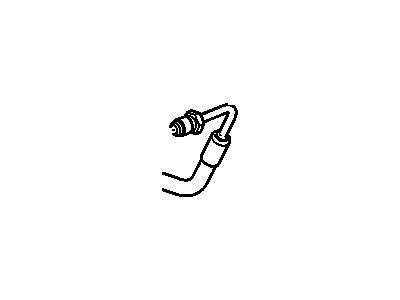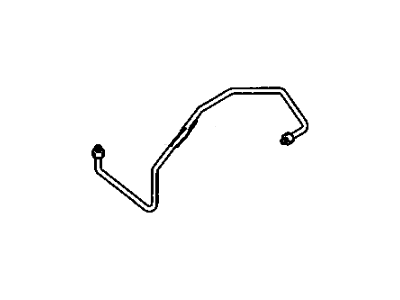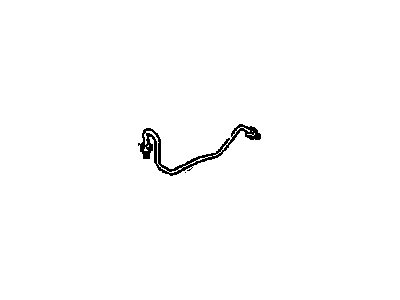
My Garage
My Account
Cart
Genuine Chevrolet Tracker Brake Line
Brake Hose- Select Vehicle by Model
- Select Vehicle by VIN
Select Vehicle by Model
orMake
Model
Year
Select Vehicle by VIN
For the most accurate results, select vehicle by your VIN (Vehicle Identification Number).
62 Brake Lines found
Chevrolet Tracker Pipe, Joint To Rear Brake Hose
Part Number: 91175233$51.53 MSRP: $190.22You Save: $138.69 (73%)Ships in 1-2 Business DaysChevrolet Tracker Pipe,Master Secondary To Valve Rear (On Esn)
Part Number: 30020999$3.66 MSRP: $26.54You Save: $22.88 (87%)Ships in 1-2 Business DaysChevrolet Tracker Pipe,Brake Propn Valve
Part Number: 30005130$3.58 MSRP: $9.26You Save: $5.68 (62%)Ships in 1-2 Business Days
| Page 1 of 4 |Next >
1-20 of 62 Results
Chevrolet Tracker Brake Line
The Brake Line used in Chevrolet Tracker is used to convey brake fluid from the master cylinder to the brake caliper pistons which makes the hydraulic brake to be effective. This system is important in that it makes it possible to stop or slow down the vehicle in case the brake pedal is depressed. The Brake Line of Chevrolet Tracker models throughout the years have varied from metal brake line and rubber brake hose type. Metal lines are vulnerable to corrosion and blows from road abrasive while rubber hoses suffer from cracks and internal wear and tear due to age and wrong connection methods respectively. While enhanced look doesn't justify the cost of braided stainless steel Brake Lines, the improvement in pedal feel and responsiveness, especially on high performance cars, cannot be denied. Other connectors include prebent brake line kits to facilitate easy connection which are made from corrosion considered materials.
Each OEM Chevrolet Tracker Brake Line we offer is competitively priced and comes with the assurance of the manufacturer's warranty for the part. Furthermore, we guarantee the speedy delivery of your orders right to your doorstep. Our hassle-free return policy is also in place for your peace of mind.
Chevrolet Tracker Brake Line Parts Questions & Experts Answers
- Q: How often should you inspect the rubber hoses connecting the steel brake lines to the brake assemblies on Chevrolet Tracker?A:With jacks holding your vehicle safely in the air, check out these rubber brake hoses at least twice a year for cracks, wearing, leaks, bubbles, and other problems as you lift and support the car. If any hose shows these conditions, replace it. The first step in replacing the brake hoses at the front and back is to free the brake line from the clamp that holds it to the frame bracket, but keep the line itself straight so it doesn't fold. Lift the U-clip from the frame bracket's fitting at the female end, then pull the hose off. When fixing a brake hose at the front caliper, take off the union bolt at that end, then separate the hose while swapping in both copper sealing washers. Unscrew the rear brake hose from the axle just like you did at the other end. Before joining the front hose to the caliper, go through the bracket with the correct end of the hose. Connect the hose to the caliper by threading the union bolt through and using both copper washers. Make sure the locating lug locks into place, then tighten to the required force. Place the hose female fitting into the frame bracket without twisting it, then attach the clip right behind. Loop the brake line into the hose fitting, making sure you straighten any bends in the hose. Also check if the hose touches the suspension when you move the wheels fully left and right. If contact occurs, correct the installation. To fix brake lines, always use steel replacements that don't use copper tubing. You can buy brake lines at car parts stores, already with flared tube ends and the correct connections already attached. Double-check that the pipe has both correct support and enough space to run without interfering with other parts that move or get hot. Before testing the brakes, top up the master cylinder fluid level, then add new fluid if needed. Bleed the braking system, then thoroughly check that your brakes are working correctly.

















